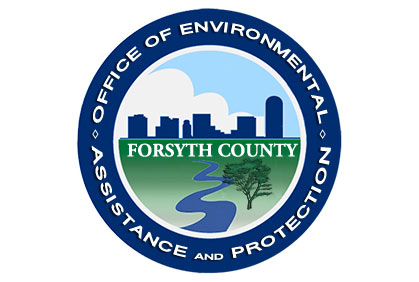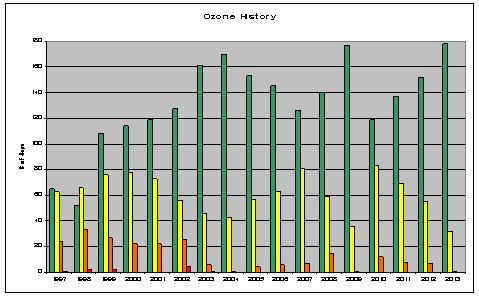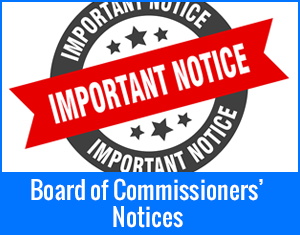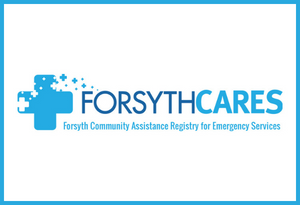
- By Cary Gentry, Lorelei Elkins
- Posted Wednesday, November 6, 2013
A Clean and Green “Pollution Season” for the Triad
Forsyth County Office of Environmental Assistance
2013 Ozone Season Recap
The Forsyth County Office of Environmental Assistance and Protection has concluded the 2013 ground-level ozone air pollution “season” which runs from April 1st through October 31st each year.
This year’s ozone season was rather uneventful, with the lowest ozone levels observed since daily air quality forecasting first began in 1997. Only one ALERT day (where ozone exceeded the Air Quality Index (AQI) threshold of 100) was observed on May 15th. In fact, this was the only exceedance across the entire state of North Carolina during the ozone forecasting season, which is another first time record.
A combination of factors contributed to the lower ozone readings. Ozone production across the Triad and the entire state of North Carolina was much lower due to a weather pattern throughout the summer months that was cooler and wetter than normal. In addition, emissions from mobile sources continue to decrease due to a steady turnover of older, more polluting vehicles to newer more fuel efficient vehicles, cleaner fuels and heightened public awareness.
Challenges still exist though. 2014 may bring about a change and potential lowering of the ozone standard. Lowering the standard could mean more ozone ALERT days, depending on the weather pattern. While more ALERT days are possible, it is important to note that it doesn’t necessarily mean the air quality is getting worse. Changes to the National Ambient Air Quality Standards (NAAQS) are based on scientific research to ensure the protection of public health.
This Office will continue to produce a daily air quality forecast throughout the winter for particle pollution. Typically, particle pollution levels remain low (code GREEN (GOOD) or YELLOW (MODERATE)) throughout the fall, winter, and early spring months. Daily ozone forecasts will resume on April 1, 2014, and are applicable Triad-wide.











